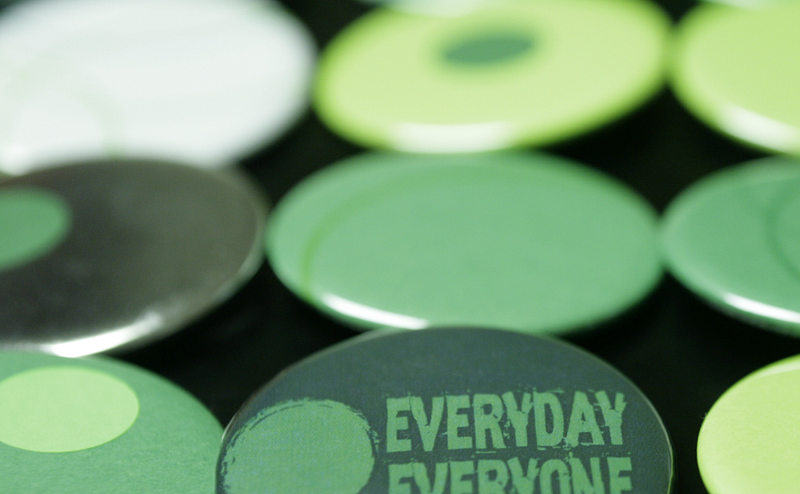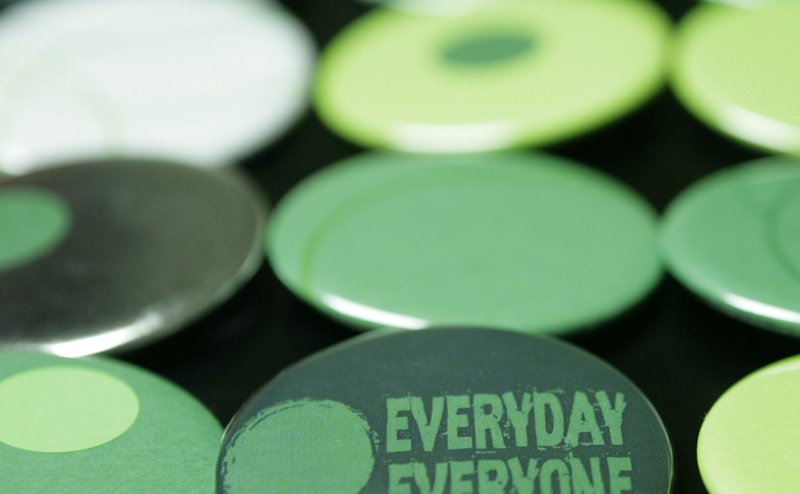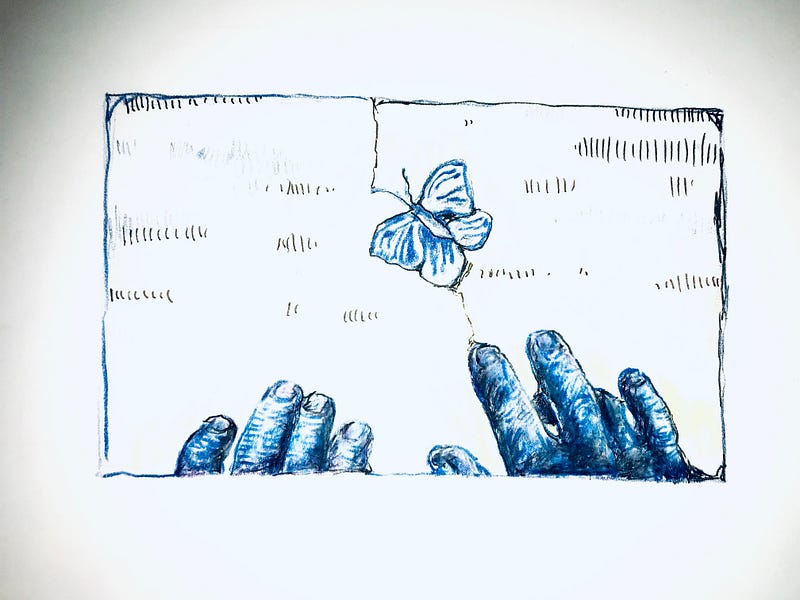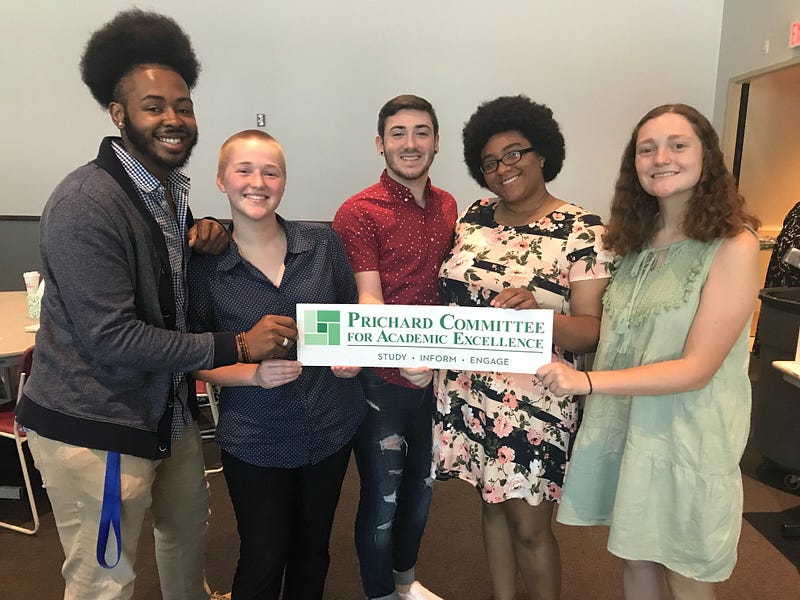
This year Paul Laurence Dunbar High School in central Kentucky implemented the Green Dot bystander program. Green Dot, which has been implemented at over 30 high schools across the state and 798 schools globally, trains students to help combat a culture of silence and motivates them to stand up to intolerable behavior. More specifically, the program works with students, faculty, administrators, and community members to reduce instances of “interpersonal violence.”
You may be more familiar with Green Dot’s college programming, which focuses more on stalking and dating/sexual violence. While these are definitely still issues at the high school level, there was a heavier emphasis placed on bullying and harassment due to their prevalence within our age group.
Green Dot ambassadors came to our English classes with pins, lip balms, and a PowerPoint presentation telling us all to be “green dots.” What is a “green dot”, you ask? A “green dot” is someone who stands up against “red dot” behavior, which can be defined as anything from a nasty comment to persistent harassment. In the presentation, our school was depicted as a map of red dots, each being covered up by a green dot. Removing “red dots” could be done many different ways, but our presenter broke it down in a way that stuck with me: the three Ds, Distract, Delegate, and Diffuse. Bottom line, call out the behavior, help the victim, and keep it from happening again.
This all sounded really nice. Every school I have gone to has had some kind of phrase, something sounding a little gimmicky, to try and counter bullying and harassment in our school. And most of the time, we just forgot about them.
We all listened attentively to the presentation, but most of us forgot about the program in its entirety — that is, until students started getting pulled out of class. These students weren’t pulled out for the typical reasons: they weren’t trouble makers or special testers. Rather, they were the students we considered leaders, and people immune to any kind of discipline. These “popular opinion leaders” were trained to “help disseminate and normalize the idea that violence is not okay and everyone has to do their part.”
“At first I didn’t know what to make of it since none of us had done it before,” said one of the “first generations” after her training. “But our teachers were very well trained and good at showing us real-world situations where we can intervene.”
We see bad behavior all the time, whether it be a fight or a student talking back to a teacher, and we do not always know how to step in. However, as this student pointed out, “It is sometimes better for students to be the intervener than some adult. We are their peers.” Students know their school culture and climate the best, and thus must be its regulators.
Students know their school culture and climate the best, and thus must be its regulators.
It sounded like this program was actually doing something to fix our school culture by empowering students to be the effectors of change, and many of us left the session determined to make a difference. However, we were quick to joke about it, yelling “that’s red dot behavior” across the room and bursting into fits of laughter at something incredibly benign. Granted, calling out any “red dot” behavior, even when it is a minor infraction, was a step in the right direction. However, the seriousness surrounding the program started to decline, and the initiative we all internally hoped would take hold started to fade.
“Green Dot’s purpose and mission are very well intended and are making impacts in the school, but [so] many people do not take the program seriously, or think it is a joke,” said one of the more recent trainees. “You learn some valuable stuff when you go through training, but even then, there are people who just want to get out of class and don’t take it seriously.”
Soon enough, this was the narrative coming from many of the Green Dot trainees, and students were growing more and more doubtful of the program.
“I don’t like Green Dot on a high school level, nor do I think it’s been effective at doing anything,” said another student. “Students make a joke about it which hurts its credibility.”
A recent study of 26 Kentucky high schools published in the American Journal of Preventive Medicine would say otherwise. The study compared high schools with and without the program for five years and noticed dramatic decreases in occurrences of sexual violence, binge drinking, drug abuse, and many other negative behaviors. Considering the pervasiveness of the issue that is so much of current high school culture, the results from the program are jaw-dropping.
But can those positive changes happen here if Green Dot is already being turned into a joke? That question is yet to be answered. While the program has great potential, and it has not even been a year since my school implemented the program, its seeming lack of effectiveness is concerning. The nuances of teenage behavior are complicated, and can not be easily labeled as “green” or “red”. Jokes between friends that look like bullying from the outside often get called out, while persistent cases of harassment are brushed aside.
The nuances of teenage behavior are complicated, and can not be easily labeled as “green” or “red”.
Real change is also not as easy as covering up a red dot with green stickers on a map. “Red dots” must not only get called out once, and it is up to students, who live and breathe high school culture, to be the differentiators between an inside joke and a serious case of harassment. If other schools could do it, why couldn’t we?
What is hard is that when people laugh, we think it is a joke, and brush it off, just like whenever we talk about this program. Green Dot has real potential to change school culture, but it is up to us to take this initiative seriously.


Zoë Jenkins is a sophomore at Paul Laurence Dunbar High School.
The opinions expressed on the Forum represent the individual students to whom they are attributed. They do not reflect the official position or opinion of the Prichard Committee for Academic Excellence or the Student Voice Team. Read about our policies.












